
Mosques are not only places of worship but also architectural marvels that showcase the diversity of cultures and civilizations around the world. From the towering minarets to the intricate designs, each mosque has a unique story to tell. Join us on a journey from East to West as we explore some of the most magnificent and biggest mosques the world has to offer.
1. The Great Mosque of Mecca – Masjid al-Haram
The Masjid al-Haram, located in Mecca, Saudi Arabia, is the holiest mosque in Islam and a place of immense reverence for millions of Muslims worldwide. It is the destination of the annual Hajj pilgrimage, a fundamental pillar of Islamic faith. The mosque’s striking feature is the Kaaba, the sacred structure at its center, draped in black cloth, and encasing the revered Black Stone.
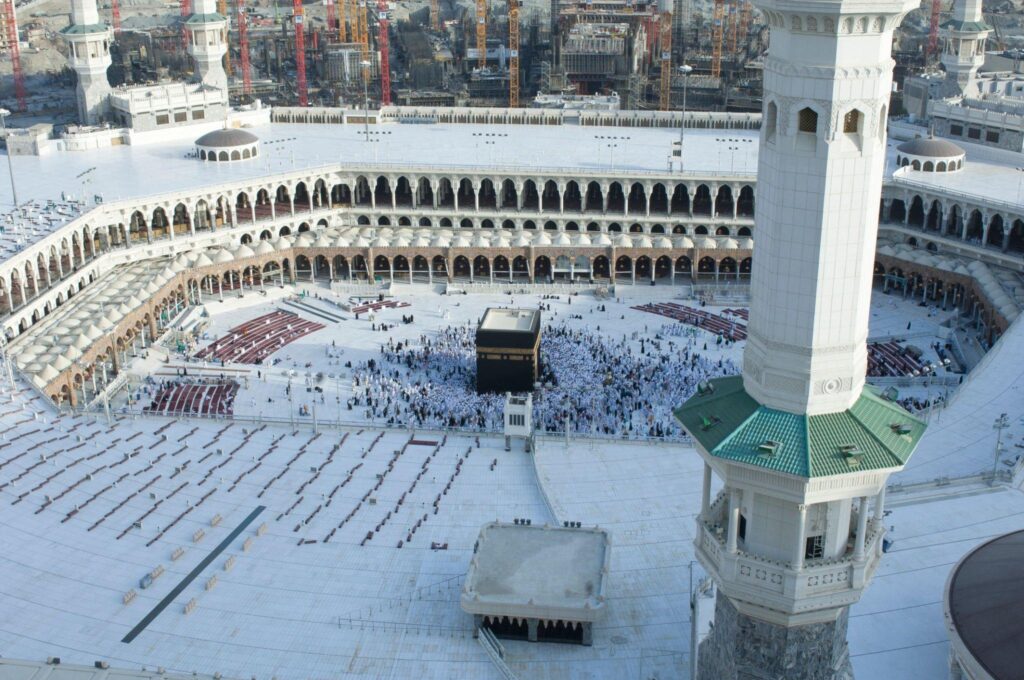
FACTS
The original structure dates back to the time of Prophet Ibrahim (Abraham), but it has undergone several expansions throughout history. The Black Stone (Al-Hajar al-Aswad) embedded in the eastern corner of the Kaaba is believed to be a sacred stone sent from heaven.
2. The Prophet’s Mosque – Al-Masjid an-Nabawi
Situated in the city of Medina, Al-Masjid an-Nabawi is the second holiest mosque in Islam and the burial place of the Prophet Muhammad. It stands as a historical and spiritual center, drawing pilgrims from across the globe. The iconic Green Dome shelters the Prophet’s tomb and symbolizes peace and serenity.
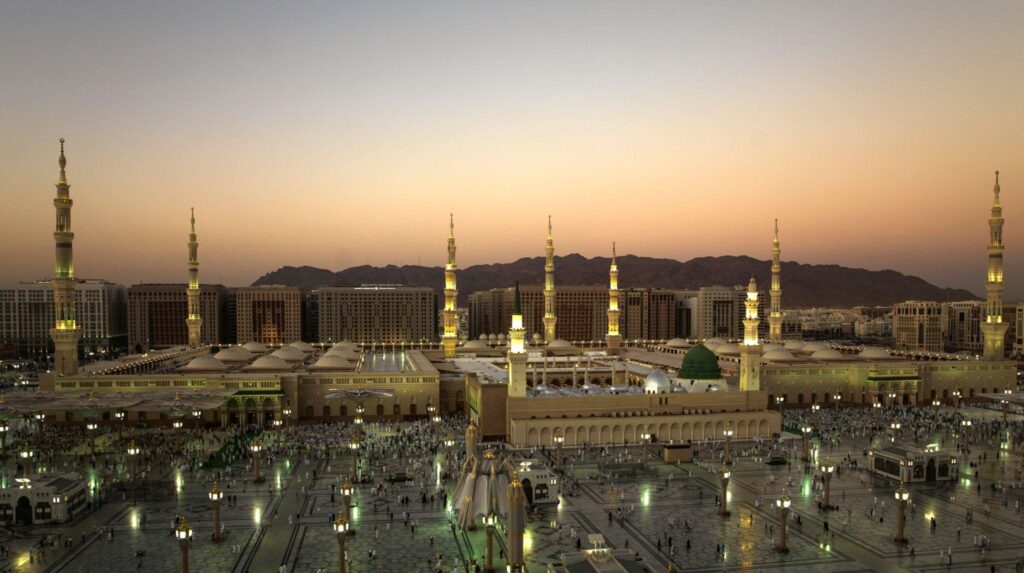
FACTS
The mosque was originally built by Prophet Muhammad in the 7th century, and it has been expanded and renovated over the centuries. The Green Dome, covering the tomb of Prophet Muhammad, was constructed by the Ottomans in the 16th century.
3. The Sheikh Zayed Grand Mosque
In the heart of Abu Dhabi, the Sheikh Zayed Grand Mosque stands as a grand symbol of modern Islamic architecture. This awe-inspiring mosque features a majestic fusion of Islamic influences from various cultures. The white marble and gold accents add to its grandeur, leaving visitors in awe of its beauty.
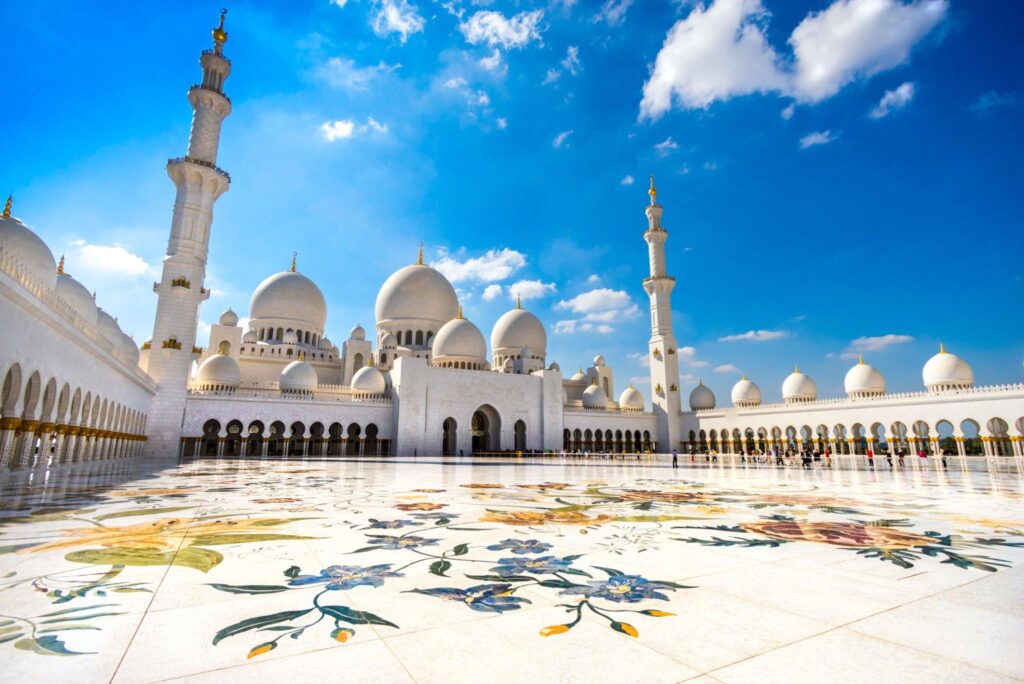
FACTS
The mosque is named after Sheikh Zayed bin Sultan Al Nahyan, the founding father and first president of the United Arab Emirates.
4. The Hassan II Mosque
Overlooking the Atlantic Ocean in Casablanca, Morocco, the Hassan II Mosque is an extraordinary architectural masterpiece. Its magnificent minaret soars into the sky, guiding worshippers and welcoming visitors. The mosque’s location by the sea offers a breathtaking backdrop, making it a sight to behold.
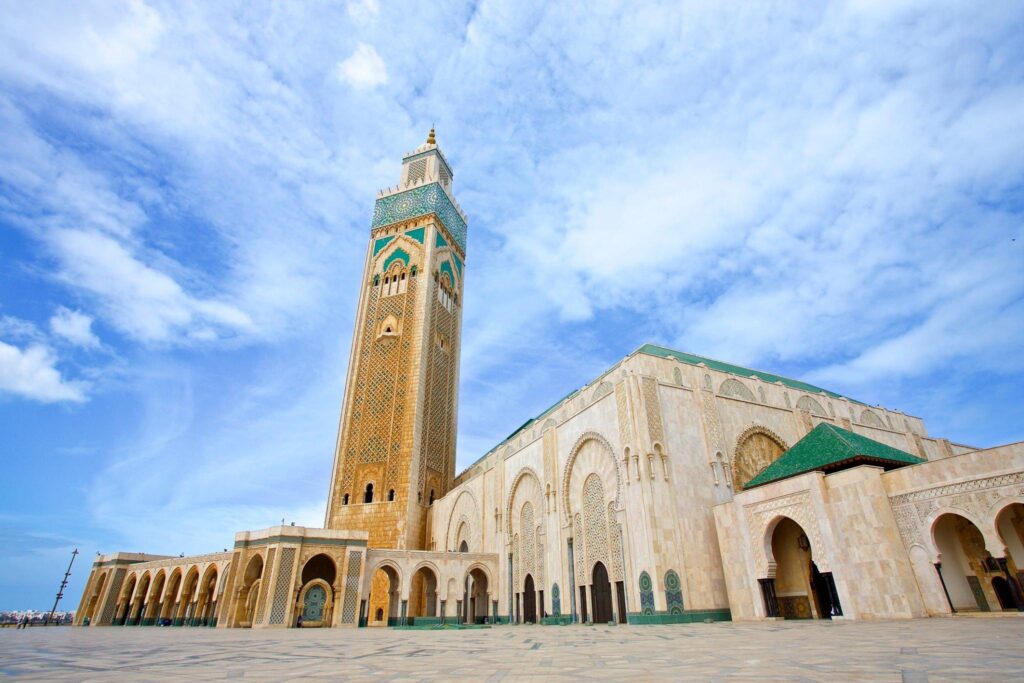
FACTS
Construction began in 1986 and was completed in 1993. The mosque’s minaret is the tallest in the world, soaring to a height of 210 meters.
5. The Blue Mosque – Sultan Ahmed Mosque
Istanbul’s iconic Blue Mosque, also known as Sultan Ahmed Mosque, is a stunning blend of Ottoman and Byzantine architectural styles. Adorned with beautiful Iznik tiles, its interior features an enchanting play of blue and white hues. This historic mosque is a major tourist attraction, drawing admirers from around the world.
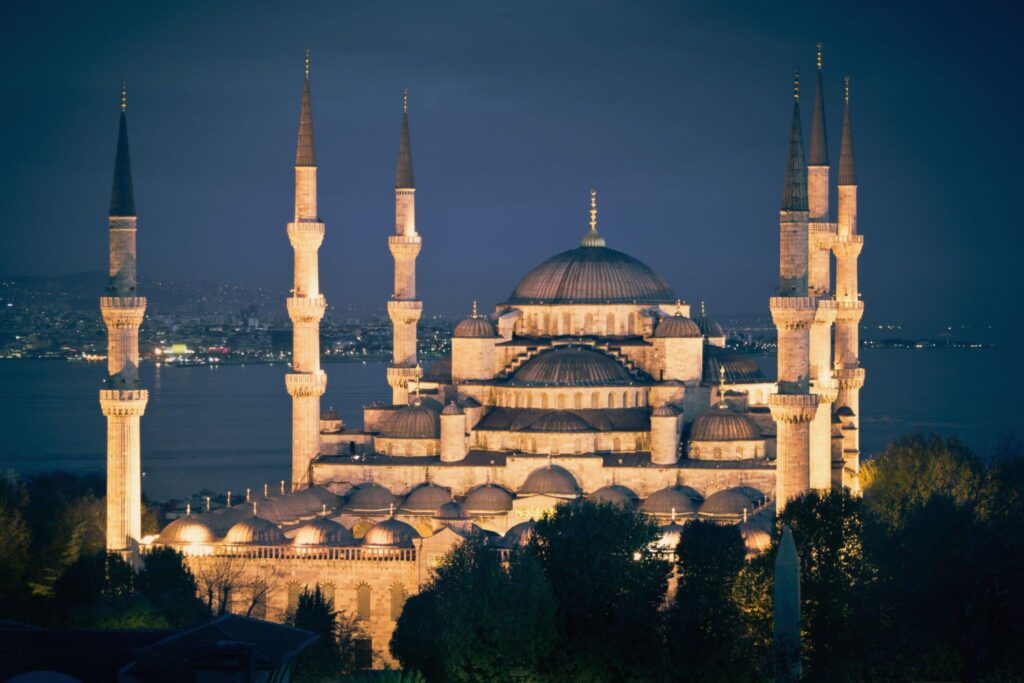
FACTS
The mosque was completed in 1616 during the reign of Sultan Ahmed I. The mosque is famous for its six minarets, a rarity during its time of construction.
6. The Badshahi Mosque
A symbol of the Mughal era’s architectural brilliance, the Badshahi Mosque in Lahore, Pakistan, is an embodiment of grandeur and magnificence. With its vast courtyard capable of holding thousands of worshippers, it proudly holds the title of the world’s largest mosque courtyard.
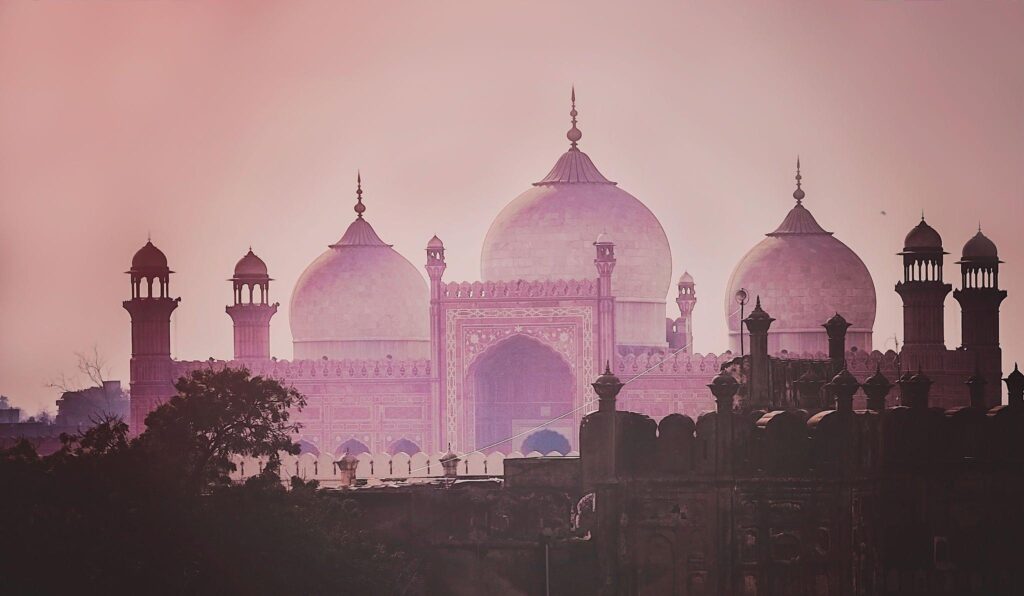
FACTS
The mosque was completed in 1673 during the reign of Mughal Emperor Aurangzeb. It held the title of the world’s largest mosque for over 300 years until the expansion of Masjid al-Haram.
7. The Jama Masjid
Built during the Mughal reign in Delhi, India, the Jama Masjid is an architectural marvel made of red sandstone and white marble. Its large central courtyard and impressive domes make it one of the most awe-inspiring religious sites in the country.
FACTS
The construction began in 1650 and was completed in 1656 during the reign of Shah Jahan. The mosque’s main courtyard can hold up to 25,000 worshippers at a time.
8. The Wazir Khan Mosque
Located in the heart of Lahore, the Wazir Khan Mosque showcases the finesse of Mughal architecture. It is famous for its exquisite frescoes, intricate tile work, and beautiful mosaic patterns, making it a true gem among the mosques of Pakistan.
FACTS
The mosque was completed in 1642 during the reign of Mughal Emperor Shah Jahan. The mosque is renowned for its elaborate frescoes and intricate tile work.
9. The Sultan Omar Ali Saifuddien Mosque
Brunei’s Sultan Omar Ali Saifuddien Mosque is an extravagant display of Islamic artistry and craftsmanship. With its gleaming white exterior and a majestic golden dome seemingly floating above an artificial lagoon, the mosque is a breathtaking sight to behold.
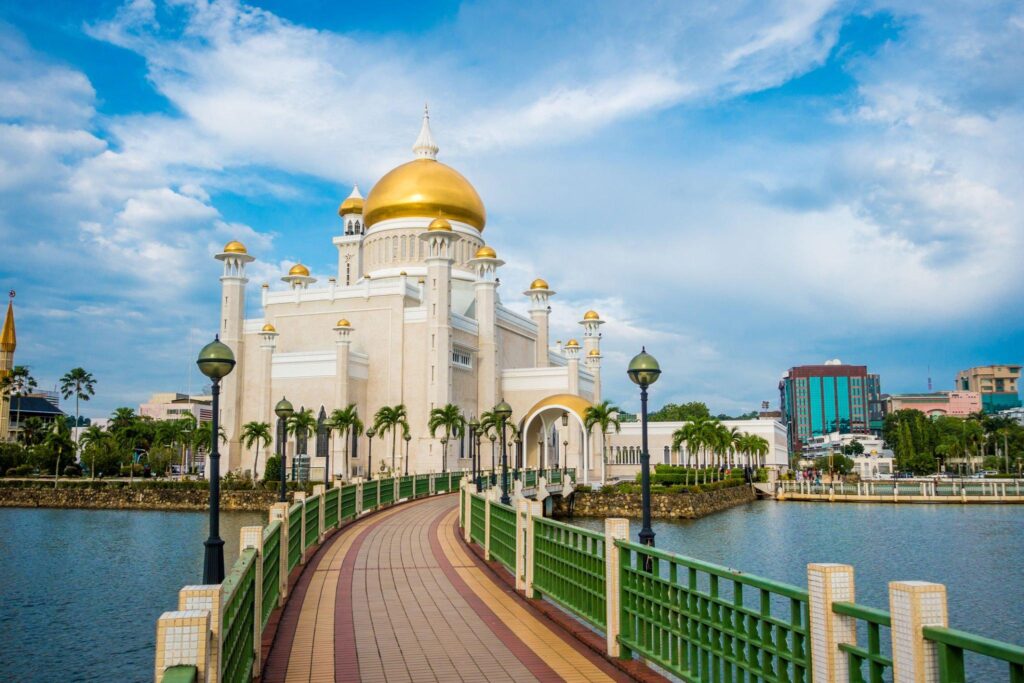
FACTS
The mosque was completed in 1958 to honor the 28th Sultan of Brunei, Omar Ali Saifuddien III. The mosque stands on an artificial lagoon, creating a stunning reflection of its golden dome.
10. The Faisal Mosque
The Faisal Mosque in Islamabad, Pakistan, is a strikingly modern mosque with a unique design inspired by a traditional Bedouin tent. Set against the backdrop of the picturesque Margalla Hills, the mosque’s vast prayer hall can accommodate up to 100,000 worshippers.
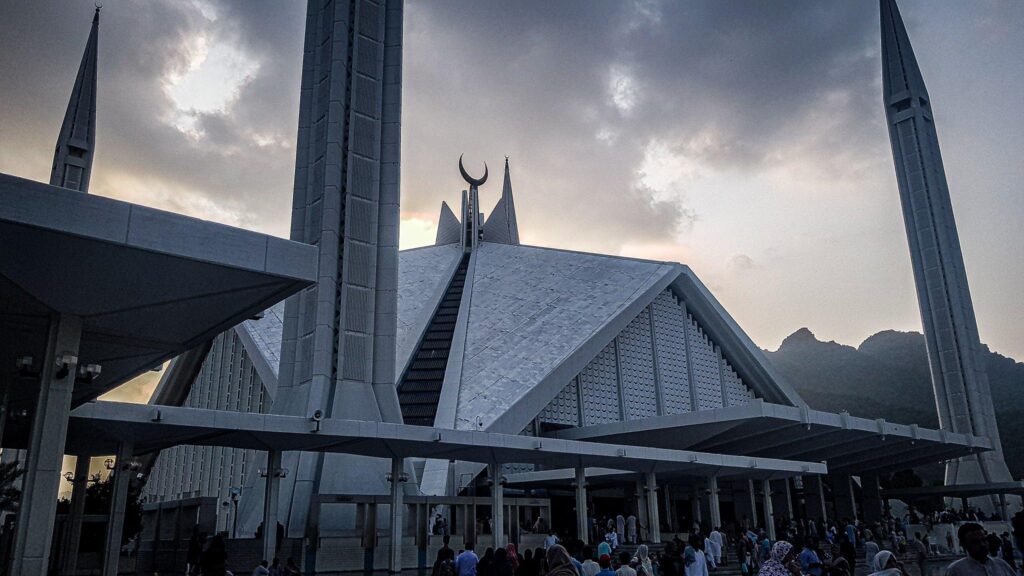
FACTS
The mosque was completed in 1986 and was a gift from King Faisal of Saudi Arabia to Pakistan. The unique design was inspired by a Bedouin tent and was selected through an international competition.
11. The Qolşärif Mosque
Located in the Kazan Kremlin, the Qolşärif Mosque is a reconstruction of an ancient mosque that once graced the same site. Its stunning architecture, combined with the captivating night illumination, creates a mesmerizing scene in the city of Kazan, Russia.
FACTS
The original mosque was built in the 16th century, but it was destroyed by fire in 1552. The current reconstruction was completed in 2005. The mosque is located within the Kazan Kremlin, a UNESCO World Heritage site.
12. The Id Kah Mosque
The Id Kah Mosque, located in Kashgar, China, is an architectural gem that reflects the region’s rich history and cultural diversity. Its unique blend of Uyghur, Islamic, and Chinese architecture makes it an emblem of the ancient Silk Road’s influence on the area.
FACTS
The mosque’s original construction dates back to 1442, but it has undergone renovations and expansions over the years. With a capacity of over 20,000 worshippers, it is one of the largest mosques in China.
13. The Grand Mosque of Paris – La Grande Mosquée de Paris
Away from the Islamic world’s heartlands, the Grand Mosque of Paris stands as a beautiful representation of Islamic architecture and a symbol of peace. Its Andalusian gardens, tranquil courtyards, and stunning mosaics offer a haven of beauty and serenity in the heart of the French capital.
FACTS
The mosque was built between 1922 and 1926 as a tribute to the Muslim soldiers who fought in World War I. The mosque’s beautiful Andalusian gardens offer a serene escape in the heart of Paris.
14. The Crystal Mosque – Masjid Kristal
The Crystal Mosque in Malaysia is a modern architectural marvel made entirely of glass and steel. Its shimmering translucency captivates visitors, especially during the evening when the mosque is illuminated, creating a magical spectacle.
FACTS
The mosque was completed in 2008. It is made of steel, glass, and crystal, giving it a unique and dazzling appearance.
15. The Bait ur Rahman Grand Mosque
The Bait ur Rahman Grand Mosque in Banda Aceh, Indonesia, is more than just an architectural wonder; it represents resilience and hope. Having survived earthquakes and a tsunami, it stands tall as a symbol of strength and faith for the people of Aceh.
FACTS
The original mosque was built in 1875, but it has been reconstructed several times due to natural disasters. The mosque’s five black domes represent the Five Pillars of Islam.
CONCLUSION
Embarking on a journey from East to West, we have explored some of the world’s biggest and most magnificent mosques. These sacred places not only showcase extraordinary architectural feats but also carry profound spiritual significance for millions of people. From the iconic Masjid al-Haram in Mecca to the modern marvel of Sheikh Zayed Grand Mosque, each mosque holds a unique story that adds to the rich tapestry of human civilization.
FAQs
- Are all the mosques mentioned still in use for worship?
- Yes, all the mosques mentioned are actively used for worship and continue to be important religious centers.
- Which mosque is considered the largest in the world?
- The Great Mosque of Mecca (Masjid al-Haram) is considered the largest mosque in the world, based on its total area and capacity to accommodate millions of worshippers during Hajj.
- Do these mosques allow non-Muslim visitors?
- Yes, many of these mosques are open to non-Muslim visitors, although certain areas may have restricted access during prayer times.
- How long did it take to construct some of these grand mosques?
- The construction periods varied significantly depending on the complexity and size of the mosques. Some took decades, while others were completed within a few years.
- Do these mosques hold any cultural events or exhibitions?
- Many of these mosques host cultural events, exhibitions, and educational programs to promote interfaith dialogue and showcase the rich Islamic heritage.
Please note that some founding dates are approximate as historical records may vary



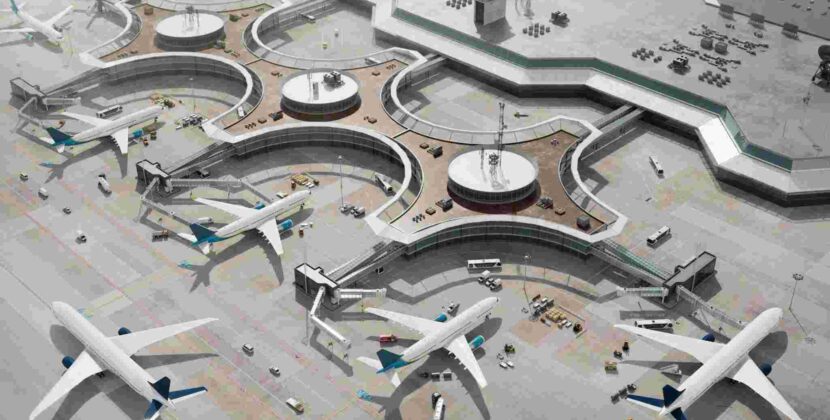






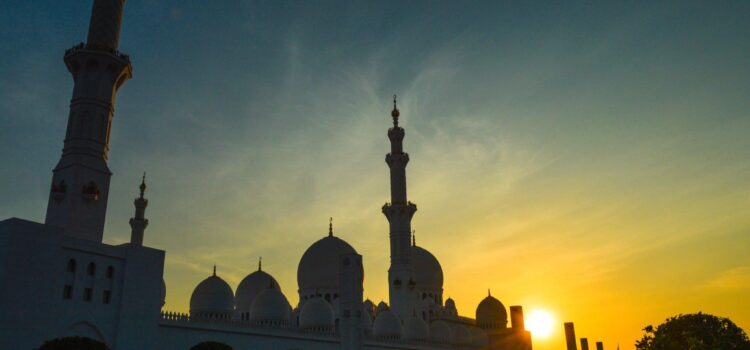
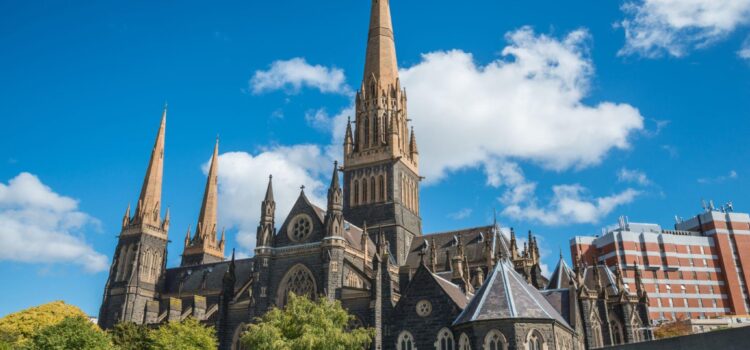
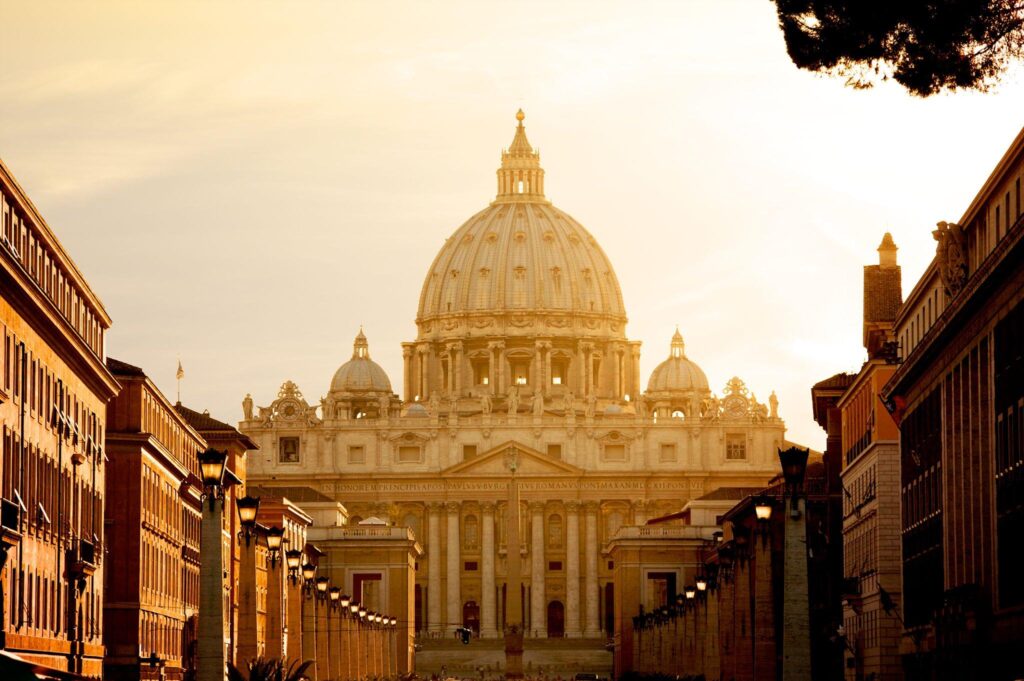
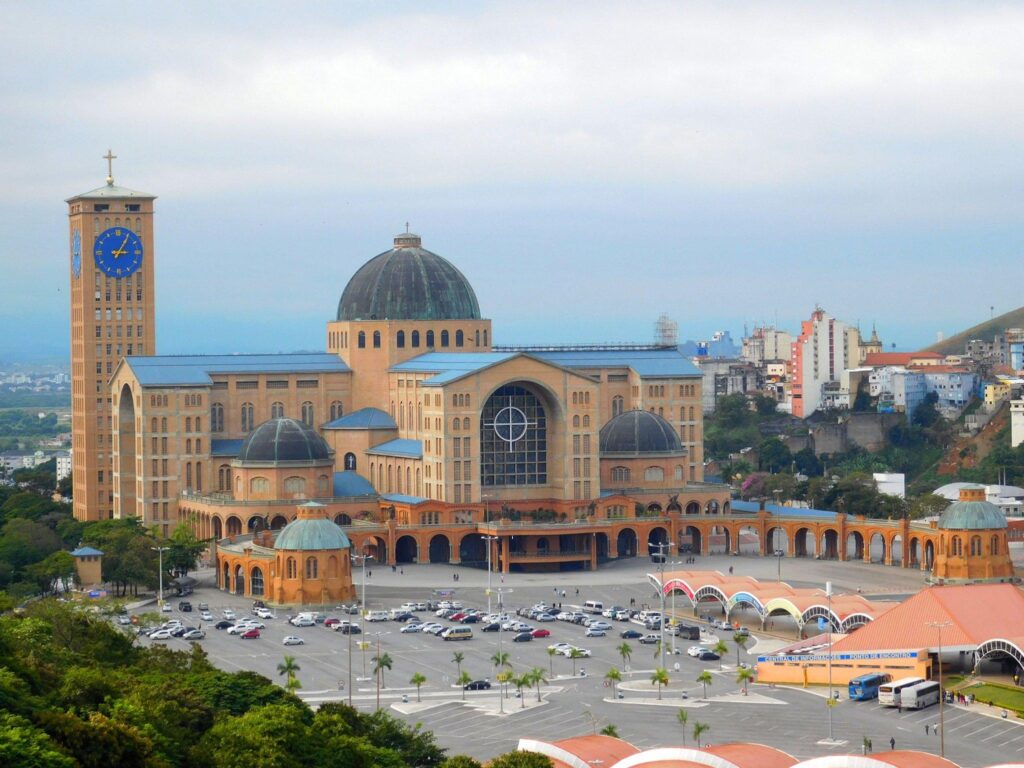
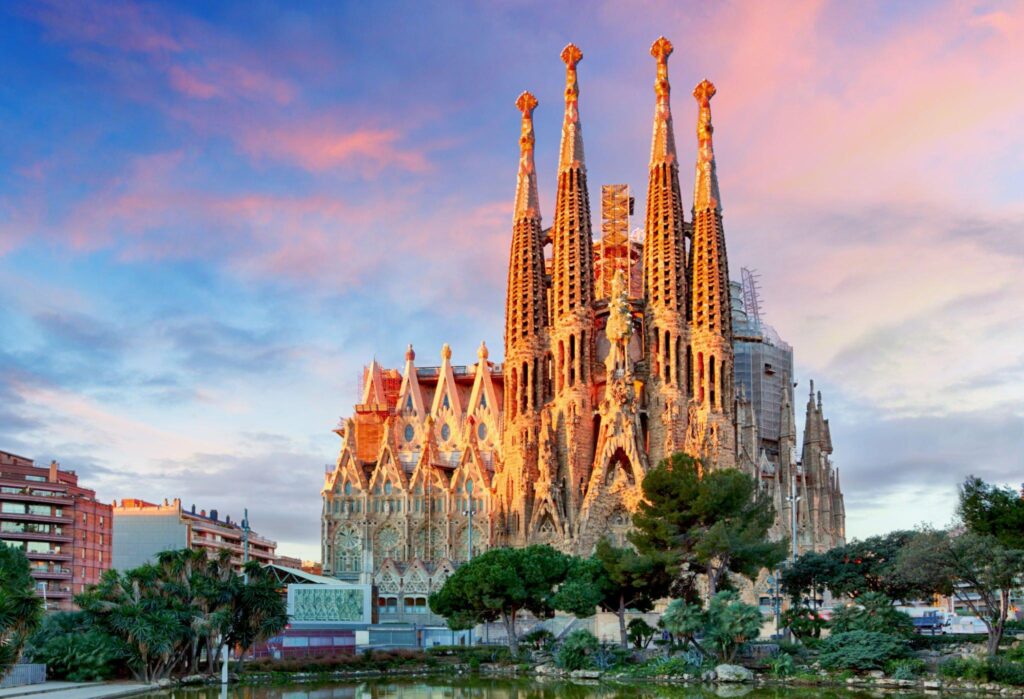
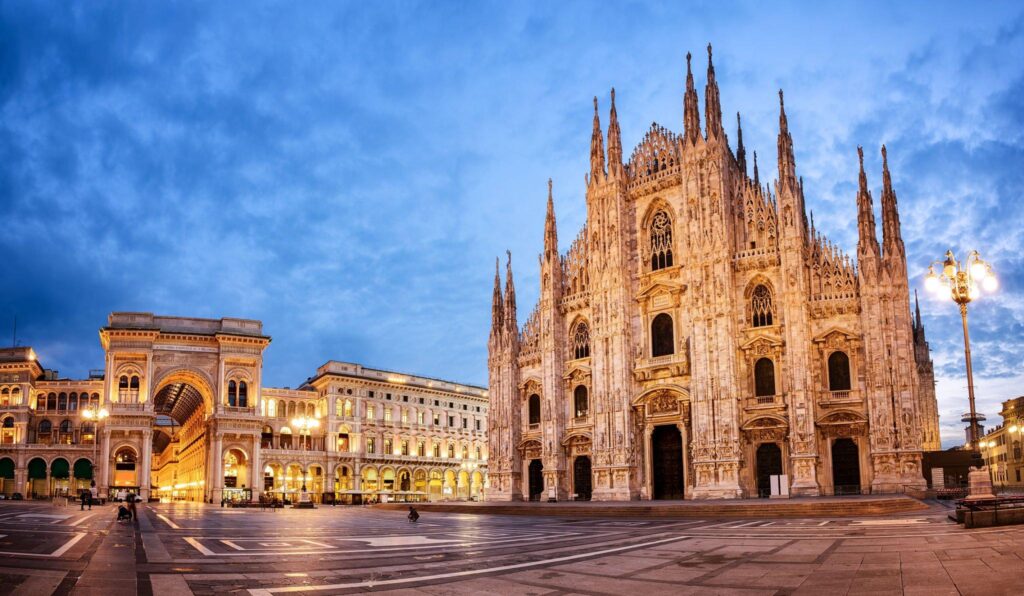
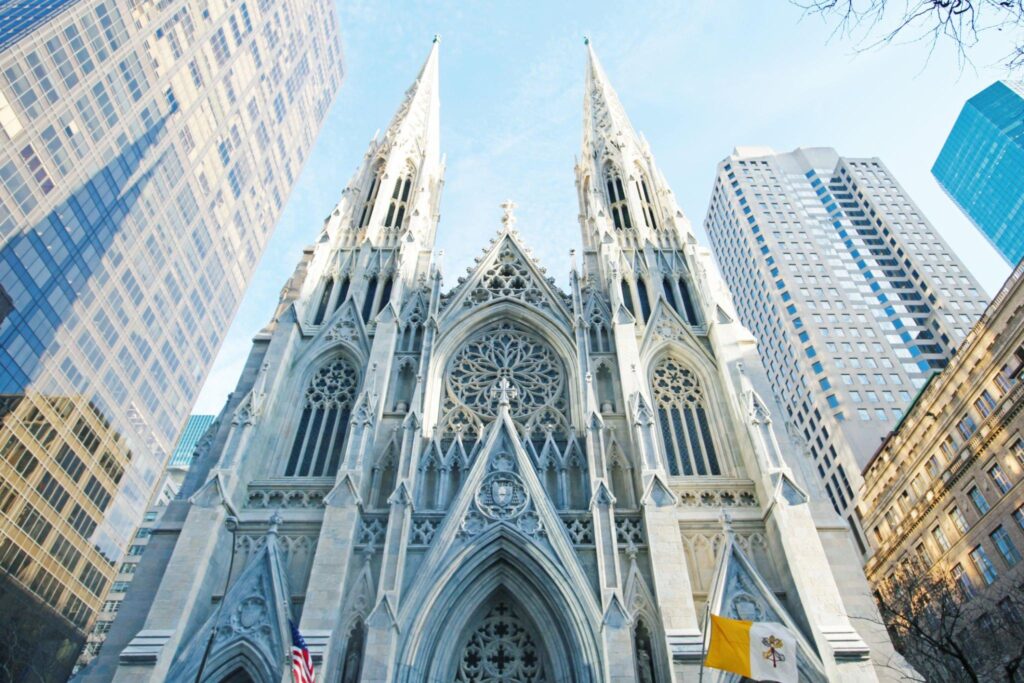
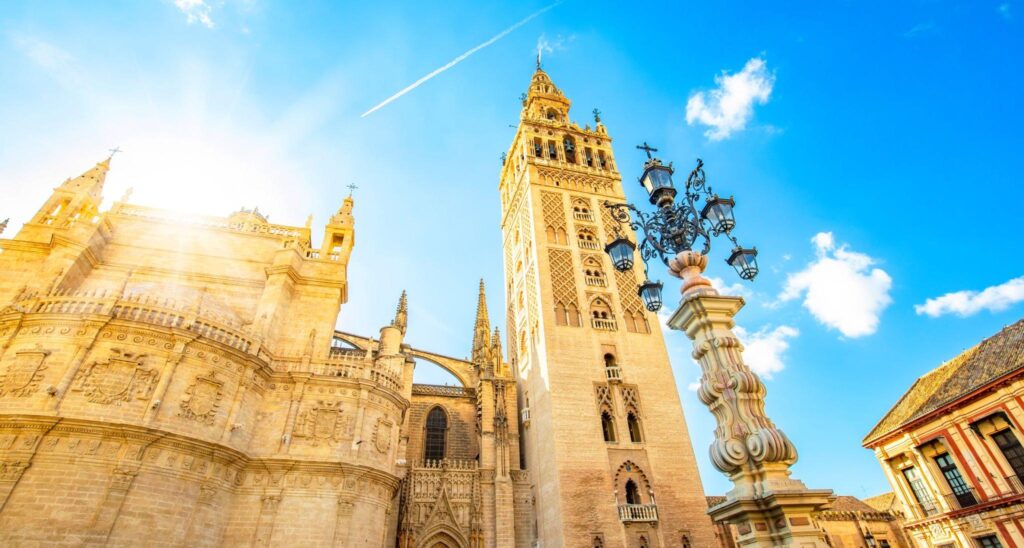
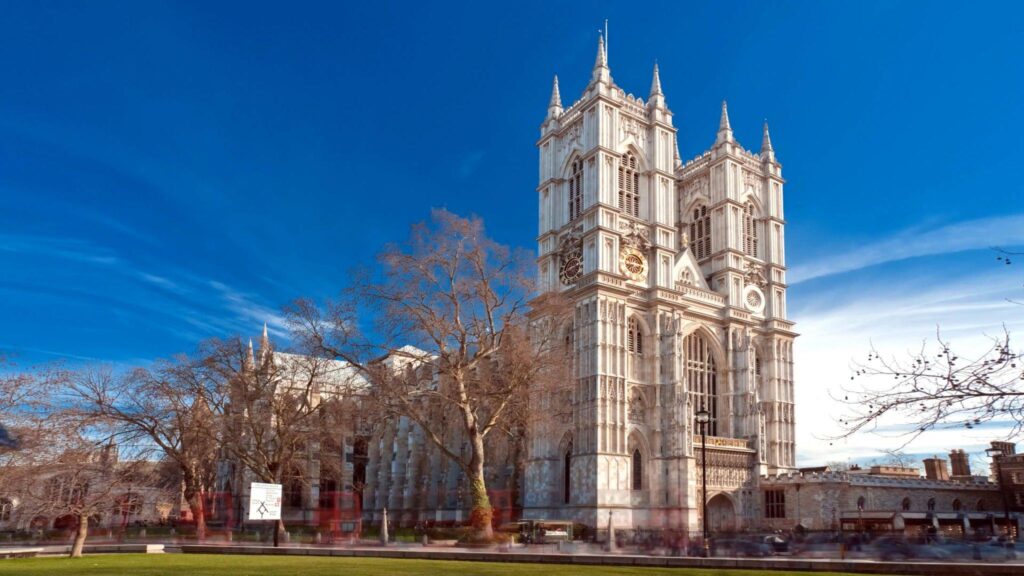




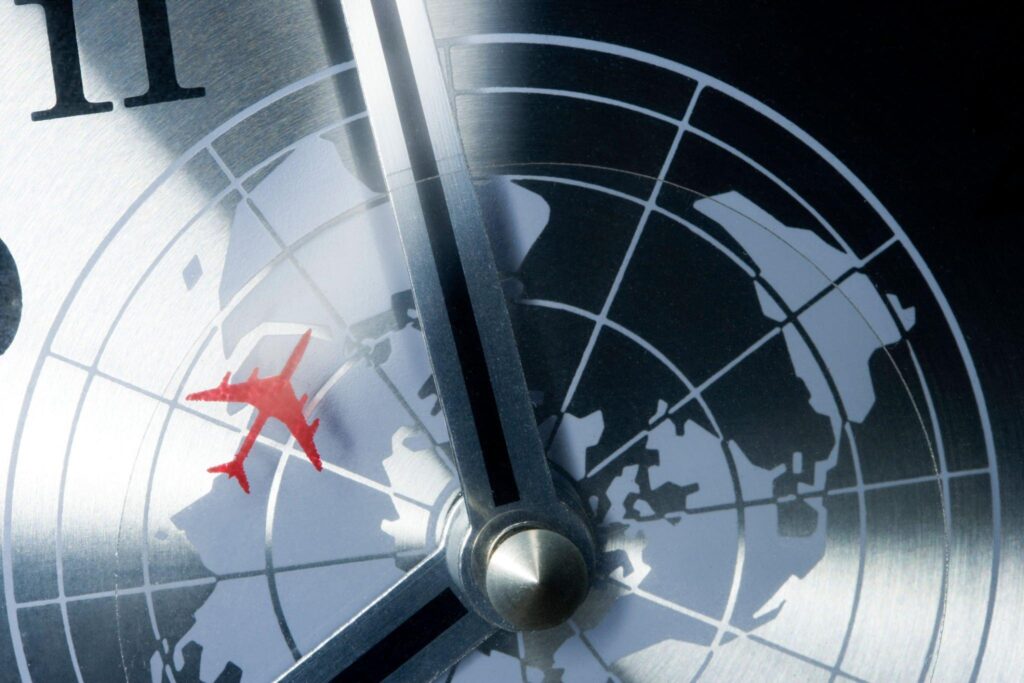



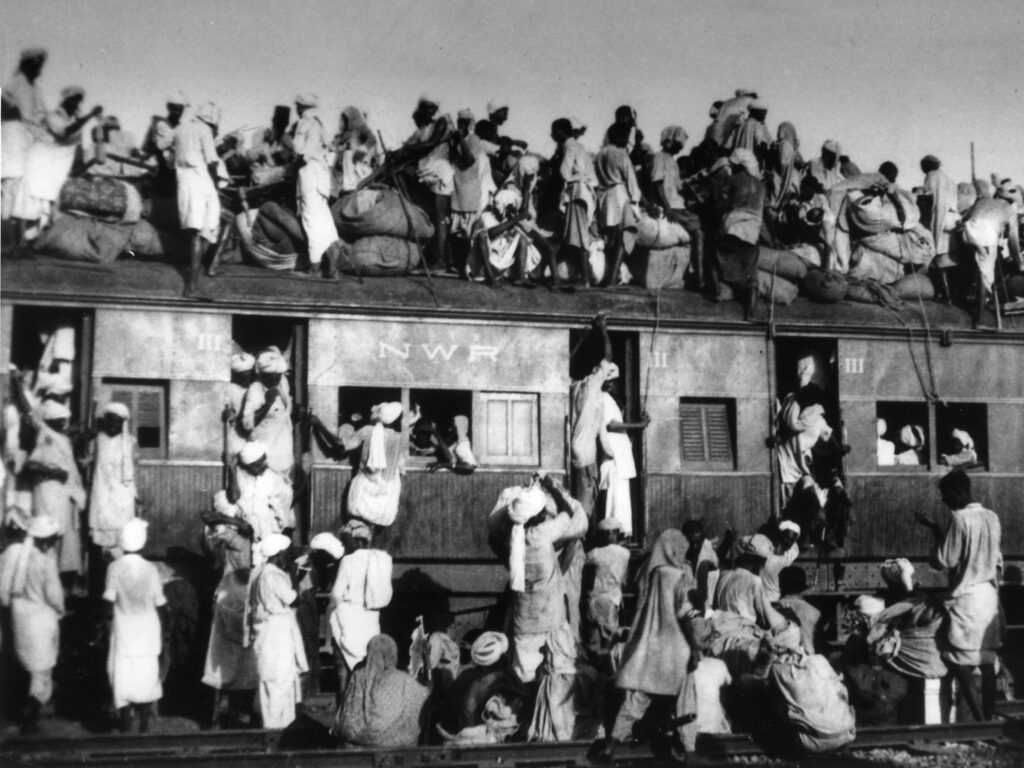

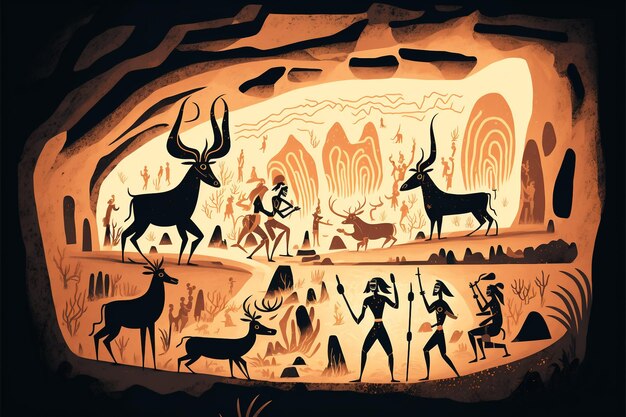
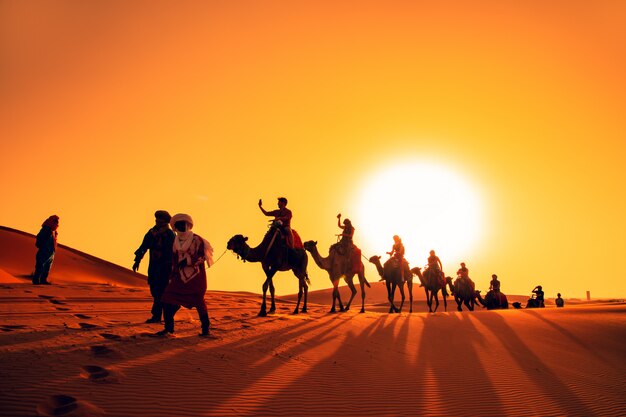

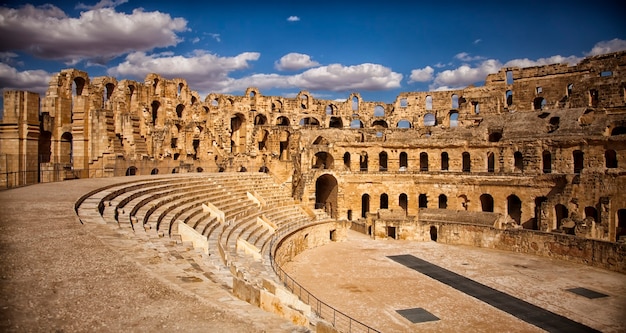


Comments
Here are 10 World’s Largest Cruise Ships
Here are 10 World’s Largest Cruise Ships
From Love to Longing: 10 Surprising Reasons of Marital Disconnection
Unveiling the Surprising facts about Zulfiqar Ali Bhutto
Unveiling the Surprising facts about Zulfiqar Ali Bhutto